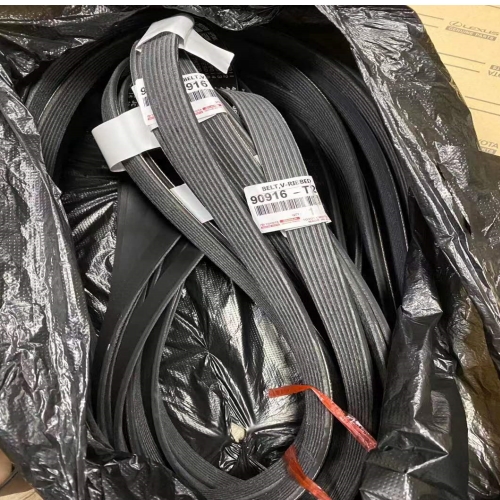- Arabic
- French
- Russian
- Spanish
- Portuguese
- Turkish
- Armenian
- English
- Albanian
- Amharic
- Azerbaijani
- Basque
- Belarusian
- Bengali
- Bosnian
- Bulgarian
- Catalan
- Cebuano
- Corsican
- Croatian
- Czech
- Danish
- Dutch
- Afrikaans
- Esperanto
- Estonian
- Finnish
- Frisian
- Galician
- Georgian
- German
- Greek
- Gujarati
- Haitian Creole
- hausa
- hawaiian
- Hebrew
- Hindi
- Miao
- Hungarian
- Icelandic
- igbo
- Indonesian
- irish
- Italian
- Japanese
- Javanese
- Kannada
- kazakh
- Khmer
- Rwandese
- Korean
- Kurdish
- Kyrgyz
- Lao
- Latin
- Latvian
- Lithuanian
- Luxembourgish
- Macedonian
- Malgashi
- Malay
- Malayalam
- Maltese
- Maori
- Marathi
- Mongolian
- Myanmar
- Nepali
- Norwegian
- Norwegian
- Occitan
- Pashto
- Persian
- Polish
- Punjabi
- Romanian
- Samoan
- Scottish Gaelic
- Serbian
- Sesotho
- Shona
- Sindhi
- Sinhala
- Slovak
- Slovenian
- Somali
- Sundanese
- Swahili
- Swedish
- Tagalog
- Tajik
- Tamil
- Tatar
- Telugu
- Thai
- Turkmen
- Ukrainian
- Urdu
- Uighur
- Uzbek
- Vietnamese
- Welsh
- Bantu
- Yiddish
- Yoruba
- Zulu
Nov . 10, 2024 00:47 Back to list
Understanding the Importance of Engine Timing Belts in Vehicle Maintenance and Performance
Understanding the Importance of the 5A Engine Timing Belt
The timing belt is one of the most crucial components within the engine of a vehicle, responsible for maintaining the synchronization of the engine’s components. In this context, the 5A engine, a popular engine configuration found in various vehicles, relies heavily on its timing belt to ensure optimal performance and longevity. Understanding the function, maintenance, and replacement of the timing belt in a 5A engine can save vehicle owners time and money while enhancing engine efficiency.
What is a Timing Belt?
The timing belt is a flat, toothed belt that connects the crankshaft to the camshaft(s) in an engine, ensuring that the engine’s valves open and close at appropriate times during each cylinder’s intake and exhaust strokes. A properly functioning timing belt is integral to the engine's efficiency, performance, and reliability. In a 5A engine, which is typically a four-cylinder engine found in numerous Toyota models, the timing belt plays a vital role in maintaining this synchronization.
Why is Timing Belt Maintenance Important?
Over time, timing belts can wear down due to heat, oil exposure, and regular usage. A worn or damaged timing belt can lead to significant engine issues, including misfiring, poor fuel economy, and even engine failure if it breaks. Regular maintenance and timely replacement of the timing belt are, therefore, essential to ensure the engine operates smoothly. It is commonly recommended that the timing belt be inspected every 60,000 to 100,000 miles, but this can vary depending on the manufacturer's recommendations.
Signs of a Failing Timing Belt
Awareness of the signs that indicate a failing timing belt can help you catch problems early. Some common warning signs include
1. Unusual Noises If you start hearing a slapping or ticking noise from the engine, it could be a sign that the timing belt is loose or worn out. 2. Engine Misfires If your engine starts to misfire or has trouble starting, it might be due to the timing belt being off sync.
3. Oil Leaks A timing belt that is leaking oil could indicate that the belt itself is damaged and needs to be replaced.
5a engine timing belt

Timing Belt Replacement for the 5A Engine
When it comes to replacing a timing belt in a 5A engine, it’s essential to follow the proper procedure to avoid damaging any engine components. Here’s a general outline of the replacement process
1. Preparation Ensure you have the correct replacement timing belt and the necessary tools.
2. Remove Necessary Components This may include removing the engine covers, pulleys, and adjacent components to gain access to the timing belt.
3. Align the Engine Proper alignment of the crankshaft and camshaft is crucial before removing the old belt.
4. Removal and Installation Carefully remove the old timing belt and install the new one, ensuring all alignment marks are precise.
5. Reassemble After installation, reassemble any components that were removed and check everything for proper functionality.
6. Test the Engine After everything is back in place, start the engine and listen for any unusual sounds, indicating that everything has been installed correctly.
Conclusion
The timing belt in a 5A engine is a critical component that plays a significant role in the engine’s overall performance and longevity. Regular inspection and understanding the importance of timely replacement can prevent major engine issues down the line. Vehicle owners should consult their service manuals for specific maintenance intervals and consult a reliable mechanic if they suspect any problems with their timing belt. Proper maintenance will ensure your 5A engine runs smoothly for years to come.
-
Upgrade Power Steering Pump Belt for Smooth, Quiet Operation
NewsAug.27,2025
-
Precision Timing Belt & Chain: Engine Performance & Durability
NewsAug.26,2025
-
Precision Lathe Drive Belts: Durable & Reliable Performance
NewsAug.25,2025
-
84.5 Serpentine Belt: Durable & Precision Fit for Your Engine
NewsAug.24,2025
-
Premium Ribbed Drive Belts for Quiet Power Transmission
NewsAug.23,2025
-
High-Performance Vehicle Timing Belt for Engine Precision
NewsAug.22,2025

